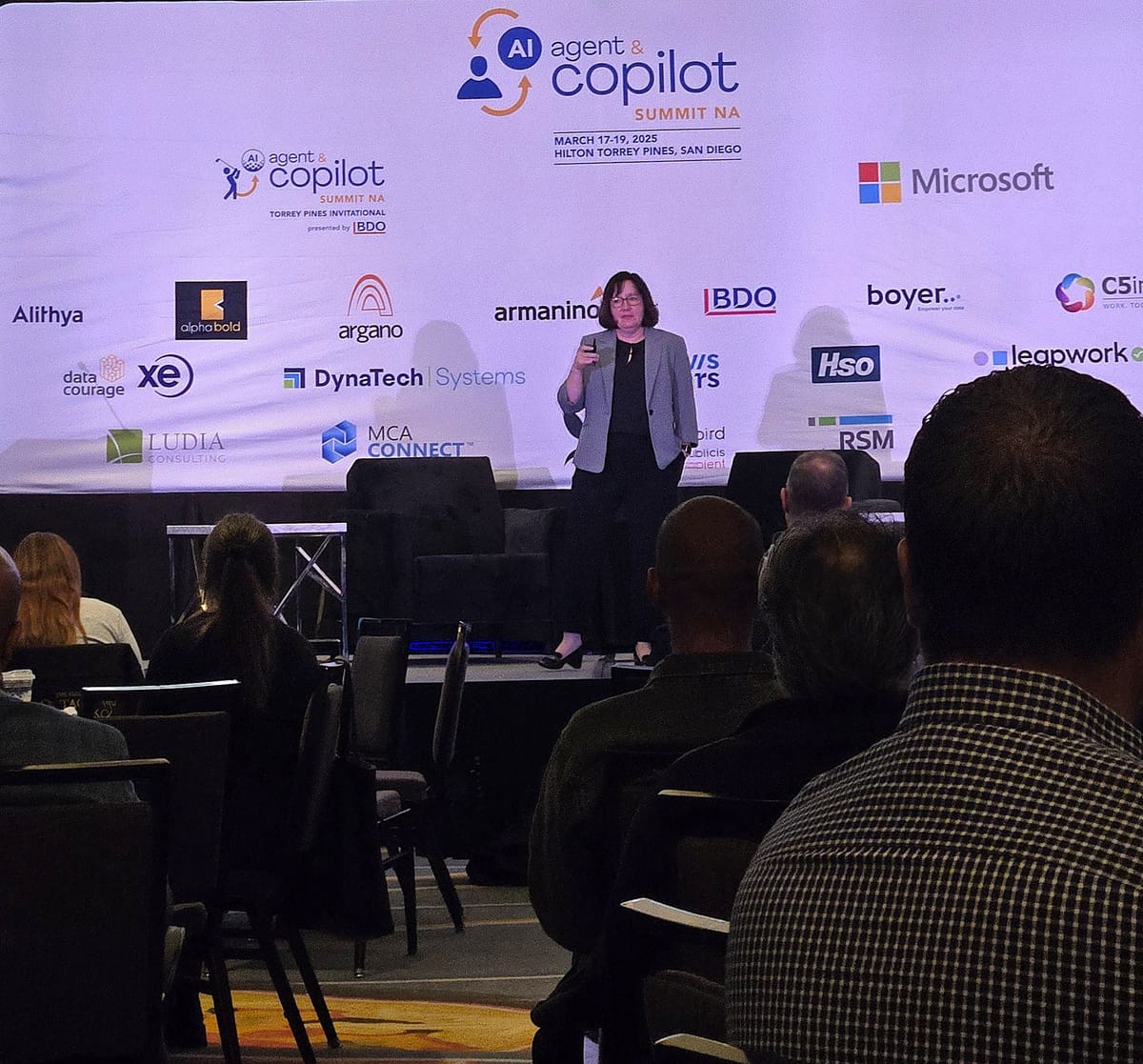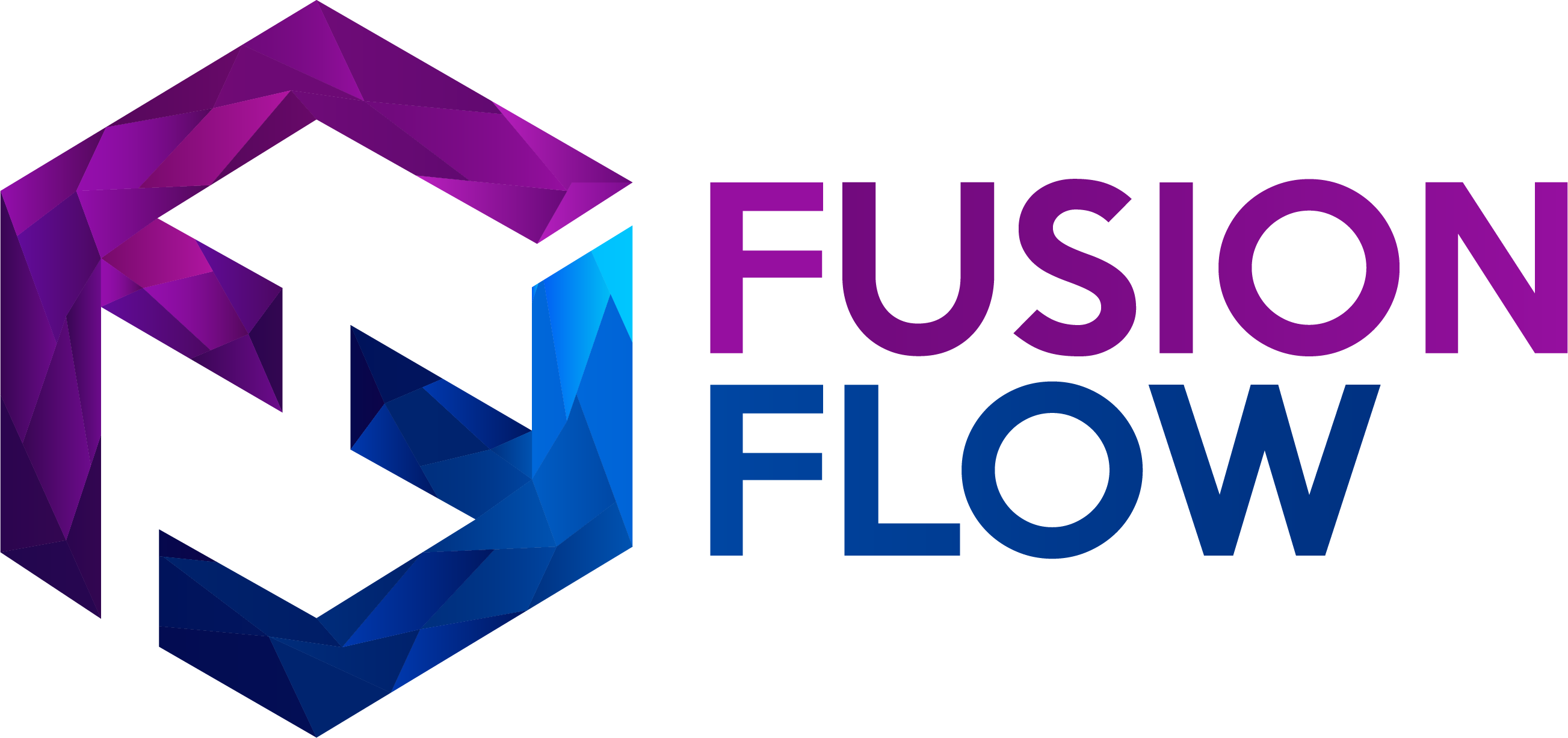AI Use Cases in the Boardroom: Speak Their Language or Lose Their Vote
To win board support for AI, speak their language: risk, ROI, governance. Align with your company's risk appetite. Focus on real pain points, not tech hype. Be clear, realistic, and trustworthy. Boards want progress they can verify, not empty promises.

Too often, AI champions enter these rooms discussing features rather than outcomes, focusing on value over viability. That's why this session, led by a seasoned CFO, was a standout at the AI Copilot & Agent Summit NA,.
The speaker started by saying, "I'm not an AI expert. I'm a CFO - a cartoon dinosaur, as my team jokes. But I am the person you'll be pitching to." For leaders planning to present AI use cases, this talk was a practical masterclass.
"I'm not an AI expert. I'm a CFO - a cartoon dinosaur, as my team jokes. But I am the person you'll be pitching to."
1. Boards seek progress but fear change.
It's the paradox of progress: people desire progress but resist change.
Terms like "transformation" can make teams anxious. In traditional companies, this often results in quiet but urgent questions:
- Are we behind?
- What's the real benefit?
- How do we prevent failure?
2. Tailor your case to your company's risk appetite.
Not all boards are the same. Some are cautious, while others are willing to take risks.
The speaker advised, "Know if your company is the tortoise or the hare." Align your AI pitch with your company's brand, values, and risk appetite.
"Know if your company is the tortoise or the hare."
3. Most companies are still early - avoid overselling.
According to McKinsey and BCG, only 26% of companies have scaled AI significantly. Most boards are in the "experimentation" phase or are trying to understand AI.
Adjust how you present ROI. Overpromising can backfire.
"Be realistic about costs, risks, and benefits. Under-promise and over-deliver."
4. Focus on pain points, not platforms.
A common mistake is pitching AI as a solution without defining the problem.
"Identify a critical pain point and address it."
For example, automating invoice payments might miss the issue if the real problem is the time taken to gather and format invoices. Talk to the people doing the work and solve their biggest challenges.
"Identify a critical pain point and address it."
5. Understand what boards care about.
Boards focus on three areas:
The project:
- What are we doing, and why?
- What's the timeline?
- What's the ROI, including intangible benefits?
Protection:
- How are we protecting our IP and data?
- Are we managing security and compliance risks?
- What's our regulatory exposure?
Preparing for the future:
- Who will maintain and update the system?
- How are we educating employees?
- Who governs the AI over time?
Failing isn't the problem; it's failing slowly. You need the ability to pivot fast, without waiting for constant executive sign-off.
6. The tipping point is coming
Eventually, every board will realize they need to act on AI.
Is your proposal the one that builds that trust?
Boards and execs look for confidence. Show that you've thought things through, are realistic about risks, and have planned for potential failures.
"We're not here to slow you down. We just need to know we won't get run over."
Final thought
AI projects get approved because they're clear, aligned, and safe enough to try.
When pitching an AI use case, don't just focus on innovation. Speak the C-suite language: progress, risk, and results.





